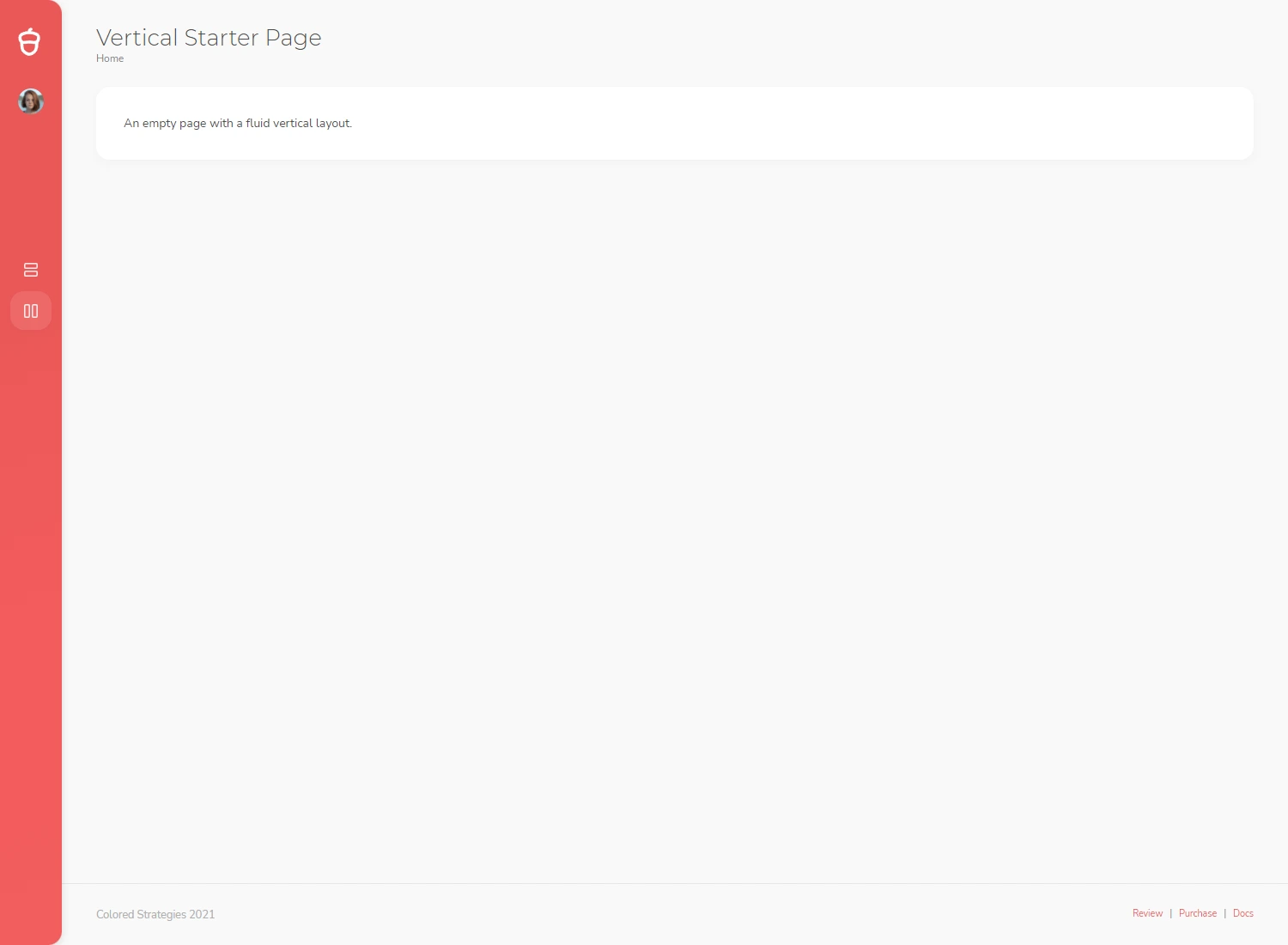India’s Model BIT Revision: The Need for Change
India’s decision to revise its Model Bilateral Investment Treaty (BIT) for the first time since 2015 is a critical step towards fostering a conducive investment climate. The move comes amid growing global economic interdependence and the need to balance investor rights with sovereign policy-making flexibility. BITs serve as legal frameworks that protect foreign investments, offering safeguards against unilateral regulatory changes, unfair treatment, or expropriation.
What Are BITs and Why Do They Matter?
Bilateral Investment Treaties (BITs) are agreements between two countries that establish the terms and conditions for private investment by individuals and companies from one country into another. These treaties:
- Offer Legal Protection: Ensure fair and equitable treatment to foreign investors.
- Provide Dispute Resolution Mechanisms: Investors can legally challenge a host country’s policy changes.
- Encourage Foreign Direct Investment (FDI): Greater protection boosts investor confidence.
Historical Context: Evolution of BITs
The concept of BITs emerged in the mid-20th century, primarily driven by:
- Decolonization and Economic Nationalism: Newly independent nations sought protection against asset nationalization.
- Rising Foreign Investments: In the 1950s-60s, resource-driven and import-substitution economies required foreign capital, necessitating investment security guarantees.
Over time, BITs have evolved to incorporate:
- Investor-State Dispute Settlement (ISDS): Allows investors to sue host states over alleged unfair treatment.
- Pre-establishment Commitments: Introduced by NAFTA (1994) to liberalize investment regulations.
Why is India Revising Its BIT?
India’s existing BIT framework (2015) was drafted in response to several investor disputes and sought to balance investment protection with sovereign regulatory rights. However, global trade dynamics and India’s growing investor base abroad necessitate further revisions.
Key reasons for revision:
- Enhancing Investor Confidence: A more investor-friendly treaty will attract FDI.
- Ensuring Reciprocity for Indian Investors Abroad: India is now a capital-exporting country, with outward FDI at $236 billion (2023).
- Aligning with Global Trade Norms: Recent India-EFTA FTA (2024) introduced investment and employment commitments, setting a new precedent.
Key Issues in the 2025 BIT Revision
1. Should India Have a Single Model BIT?
Historically, India has used a one-size-fits-all BIT model. However, given India’s dual role as both an FDI recipient and an investor in foreign markets, a differentiated approach may be required.
- With Developed Nations: India seeks technology transfer, market access, and value chain integration.
- With Developing Nations: India aims to protect its investors abroad, ensuring regulatory predictability.
A flexible, country-specific BIT model could maximize benefits while protecting national interests.
2. The Most Favoured Nation (MFN) Clause Debate
The MFN clause, originally a multilateral trade principle, ensures equal treatment to all trade partners. However, in BITs, MFN clauses have been misused through treaty-shopping, where investors claim better treatment under another country’s BIT.
India’s 2015 BIT excluded MFN clauses to prevent legal loopholes, but an alternative “consultative MFN” approach could be explored, where:
- MFN benefits are granted only after bilateral discussions.
- Automatic application of future concessions is prevented.
- Strict controls avoid misuse through "treaty shopping".
3. Dispute Resolution Mechanism
Investor-State Dispute Settlement (ISDS) remains controversial, as it allows foreign corporations to sue governments.
Alternatives to ISDS:
- Government-to-Government (G-to-G) Consultations: Used in India-EFTA FTA, offers diplomatic dispute resolution.
- India’s Investment Courts: A proposed domestic dispute resolution mechanism ensuring transparency and fair adjudication.
4. Aligning BITs with India’s Global Trade Strategy
India is actively negotiating new trade deals, including:
- India-UK FTA
- India-EU FTA
- India-GCC Trade Agreement
A modern BIT framework must align with these bilateral and multilateral agreements to attract investment and protect Indian businesses abroad.
Way Forward: Key Reforms for India’s BIT Framework
1. Strengthening Investor Protection
- Ensure fair and transparent regulations to attract FDI.
- Maintain national treatment provisions without compromising policy space.
2. Enhancing Policy Flexibility
- Introduce sector-specific protections, particularly in strategic industries.
- Exclude sovereign policy decisions from BIT litigation.
3. Balancing MFN Clauses
- Adopt consultative MFN provisions to prevent treaty shopping.
- Implement safeguards against automatic application of future concessions.
4. Refining Dispute Resolution
- Shift towards G-to-G consultations rather than ISDS arbitration.
- Explore India-specific investment courts for investor grievances.
5. Customizing BITs Based on Trading Partners
- Develop different BIT models for developed and developing nations.
- Include pre-establishment commitments for technology & capital-rich partners.
Conclusion
India’s 2025 BIT revision is a crucial step in enhancing investor confidence, protecting Indian businesses abroad, and ensuring trade balance. By moving away from a rigid BIT framework and adopting flexible, customized agreements, India can attract quality investments while safeguarding national interests.
As the world’s fastest-growing major economy, India must strategically align its BITs with global economic trends, ensuring that its investment treaties foster sustainable economic partnerships.





